Twister (1996): Secrets Behind the Storm
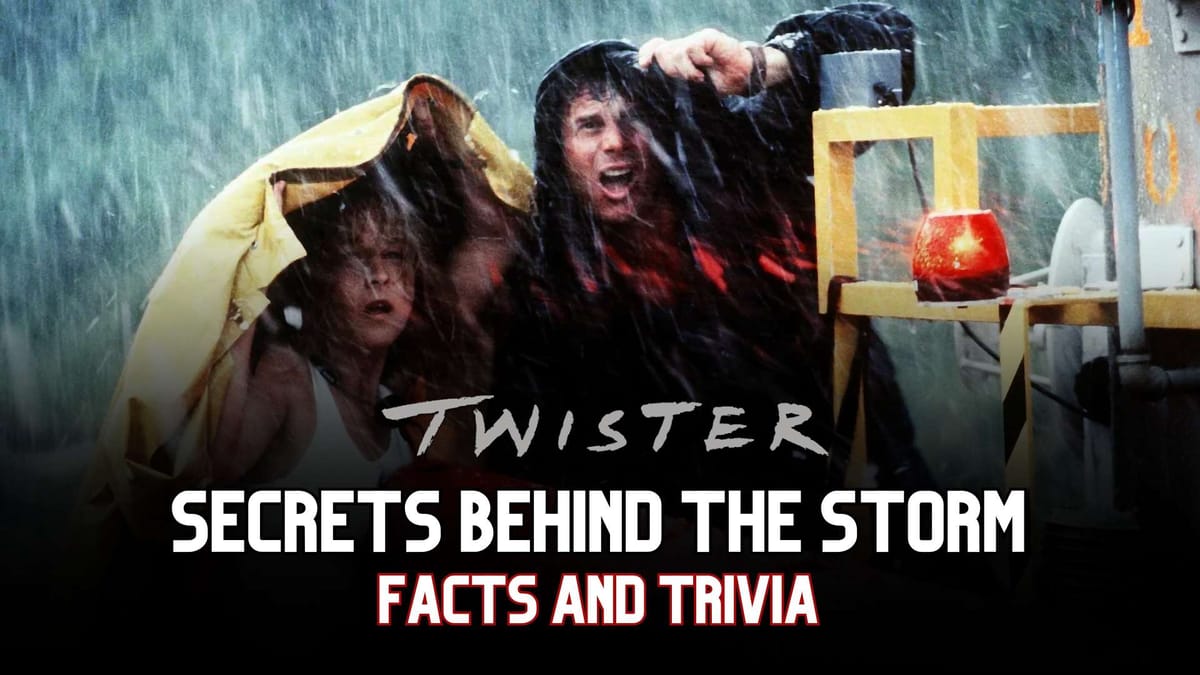
Like the furious tornados that ripped through its story, Twister tore up the box office when it was released in 1996. Directed by Jan de Bont and starring Helen Hunt and the late Bill Paxton, this disaster thriller raked in nearly $500 million worldwide. Though much of its success was due to its groundbreaking special effects, the story behind the scenes may be even more fascinating.
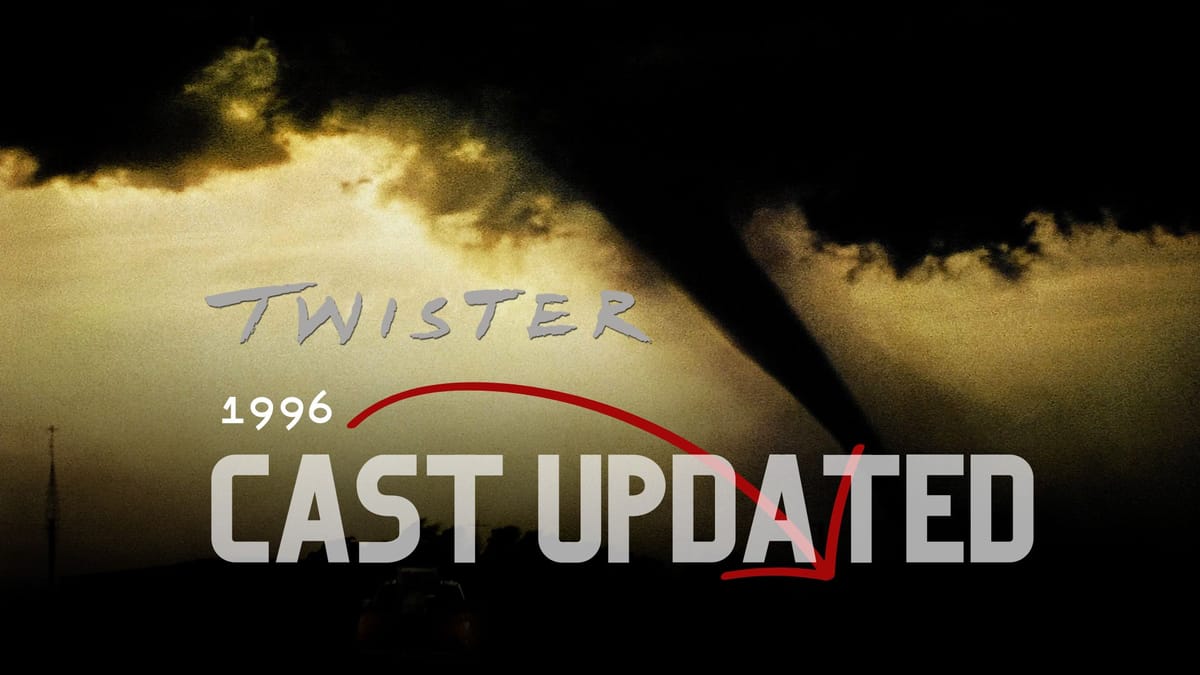
Chasing Storms and Movie History
Twister follows storm chasers Jo Harding (Hunt) and her estranged husband Bill (Paxton) on their quest to send sensory equipment into a tornado to gather valuable scientific data. But the filmmakers gathered some unique data of their own while shooting this future blockbuster.
The production faced its own disaster when a tragic bombing disrupted filming in Oklahoma. But out of hardship came inspiration, as Steven Spielberg suggested opening the film with a death to establish the danger of twisters. The hail sequence proved problematic as well, though Jan de Bont pushed forward out of his desire to direct large-scale practical effects.
Gallery





Twister also broke records before it was even released, as Michael Crichton and Anne-Marie Martin’s script sold for $2 million—therewrites; highest amount paid for a screenplay at the time. Ironically, one of Hollywood’s top writers also did rewrites - the legendary Joss Whedon was brought in as a script doctor.
The film marked other firsts and lasts as well. Twister ended up being the first movie released on DVD and the final film published on HD-DVD. Talk about covering the storm front of home media revolutions!
"If you’re going to chase storms, you have to be willing to go where they go,” Bill Paxton says in the film. The production certainly embodied that philosophy, travelling to the heart of Tornado Alley to capture real storms on camera.
The Winds of Change
In one of the film’s most memorable sequences, the twister flings a massive tanker truck through the air as Bill and Jo’s red Dodge Ram races alongside it. But as visually arresting as that scene is, even more work went on behind the scenes.
The filmmakers bought entire blocks of houses in small Oklahoma towns, just to be demolished by effects crews after the storm chasers roared through. When sunny days ruined other outdoor shoots, enormous lights had to be brought in to simulate cloudy skies.
More Interesting Facts
| Fact | Details |
|---|---|
| Casting | Tom Hanks was nearly cast as Bill. Garth Brooks and Chris Farley were considered for comic relief character Dusty. Laura Dern was also considered for a lead role. |
| On-Set Injuries | Helen Hunt injured her hand when a truck window broke unexpectedly. Retinal burns afflicted some cast and crew from the huge klieg lights. |
| Risqué Moments | Philip Seymour Hoffman's genitals were briefly visible in the original cut. A crew member also accidentally disrupted an outdoor romantic scene. Helen Hunt's profanity was also cut for home video. |
| Challenges | The production struggled through unpleasant smells at a pig farm base camp location. Sunny days were flooded out by enormous artificial lights. |
| Cuts and Changes | Cary Elwes had his role significantly reduced. An early childhood scene with Jo was added in reshoots. Planned trailer footage like a flying tyre was cut. |
The production purchased several houses at the bargain-basement price of $7,000 to $10,000 each, just to be smashed apart by an effects tornado. Helen Hunt also injured her hand when a truck window unexpectedly broke during filming.
Making movies can be messy work, and Twister was no exception. When farm odours wafted in from the pig pens that hosted their base camp, the cast and crew got a snoutful. Even Hoffman’s genitals were briefly visible before editors trimmed the naughty bits.
Other scenes were shortened as well - Cary Elwes had his role as a rival stormchaser significantly reduced in the final cut. Even the trailers highlighted intense moments that never made it into the film, like a truck tyre hurtling towards the audience.
Inside Twister’s Funnel Cloud
Behind every stormy sky, there are people making the weather happen. In Twister’s case, those metaphorical meteorologists included special effects designers, set builders, composers, and other artists. Let’s take a look behind the scenes at some of these unsung heroes:
Table: The People Who Made the Twister
| Crew Member | Contribution |
|---|---|
| Special effects designer | Recorded slowed camel moans for the tornado sound effect |
| Evan Lewis, sculptor | Created kinetic wind sculptures seen in Aunt Meg's garden |
| Ron Judkins, production sound | Invented "Dorothy's" unique tornado siren |
| Composer Mark Mancina | Wrote the ending song "Respect the Wind" with Van Halen brothers |
| Art director | Modified laptops to resemble high-tech sensory equipment |




Aunt Meg's wind chimes and sensors for Dorothy
Many crew members went above and beyond to make the film feel authentic. When the University of Oklahoma wouldn’t allow its logo on a prop tornado sensor, the art department embellished another college’s logo instead. Sound designer Ron Judkins invented an eerie siren sound specifically for Dorothy, the main tornado data probe.
Attention to detail brought the dangerous storm-chasing lifestyle vividly to life. But Mother Nature had a few more surprises for the filmmakers during the long shoot from May to July 1995.
The Twist on Twister’s Legacy
In the end, the film crew’s dedication paid off with a hugely successful film that also expanded the possibilities for cinema. Twister featured pioneering use of CGI, combining it with elaborate practical effects that pitted actors against real explosions, fires, and powerful winds.
Yet ironic traces of the old Hollywood system peaked through the clouds of innovation. Twister prominently displays Pepsi products, even while Bill Paxton’s character criticises sellouts.
The film also winks at its own status as a summer blockbuster thrill ride, with numerous scenes showcasing blatant Chrysler product placement. According to producer Steven Spielberg, “Twister” was the movie that made him a lot of money after its release.
The production also involved a complex collaboration between Amblin Entertainment, Warner Bros., and Universal Studios. But instead of stormy conflict, the partnership resulted in box office lightning.
"The Extreme is now considered the normal," Aunt Meg says, reflecting on societal changes. But Twister showed that extreme dedication could pay off at the box office.
Twenty-five years later, Twister is still considered one of the greatest disaster films. Its iconic tornado sequences have inspired TV shows and internet homages. Bill Paxton’s untimely death in 2017 even brought storm chasers together to honour him; over 200 people coordinated GPS trackers to form the initials “BP.”
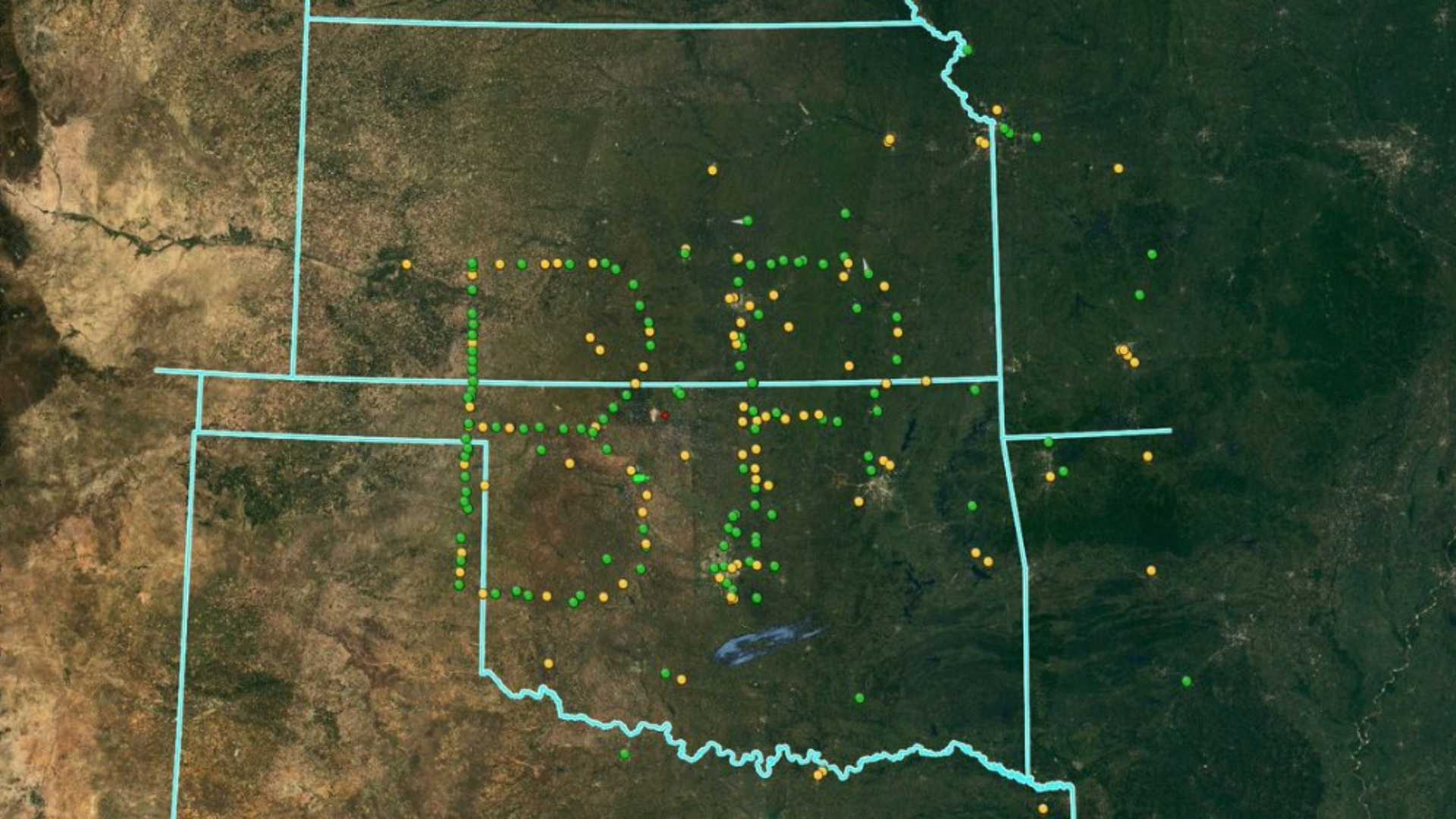
Though some critics argue Twister’s human drama doesn’t hold up to its groundbreaking effects, there’s no denying the stormy passion that went into every frame. Just as Lois Smith’s character reads Dante’s Inferno while seeking shelter, this film production weathered a mighty Inferno of logistics, budget, and swirling casts and crews. Against the darkest clouds, the magic of cinema shone through.
Deleted Scenes: What Got Cut From Twister?
Like celluloid casualties in the wake of Dorothy’s wrath, many memorable moments got snipped from Twister’s theatrical release. In addition to the aforementioned Hoffman mishap, here’s some other footage that hit the cutting room floor:
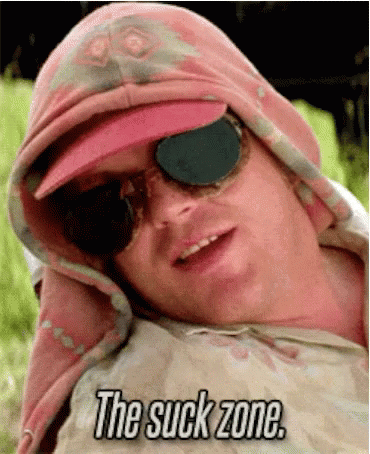
Table: Deleted Scenes and Edits
| Scene | Description | Reason for Cut |
|---|---|---|
| Helen Hunt cursing | Early scene had lead actress shouting profanity | Edited for home video |
| Philip Seymour Hoffman | Visible private parts | Edited for rating |
| Extra truck tire shot | Tire flies towards camera in trailer | Never filmed |
| Cary Elwes | Rival character had bigger role | Shortened runtime |
| Jo's childhood | Opening tornado scene added later | Reshoots |
With costs ballooning and runtime needing to be trimmed, many scenes had to be shortened or cut entirely. Still, one of the saddest edits was the loss of extra footage showcasing Cary Elwes as the flamboyant rival stormchaser.
Even released trailers contained shots that never made final cuts—like a truck tyre hurtling towards the viewer. And an elaborate boom mic shot planned for earlier trailers had to be scrapped entirely.
Though audiences may mourn what might have been, Twister’s legacy still thunders strong. Like the storm itself, the film was filled with dangerous beauty - though thankfully, the actors all survived with just a few scars to show for it!
Twister Leave Their Mark
The production left its own mark on the local communities where filming took place. Entire blocks of houses were purchased in small Oklahoma towns solely to be destroyed by Twister’s climactic tornado.
And the old downtown area of Wakita, Oklahoma suffered extensive damage as well. The film crew bought several buildings just to be torn apart by effects teams.
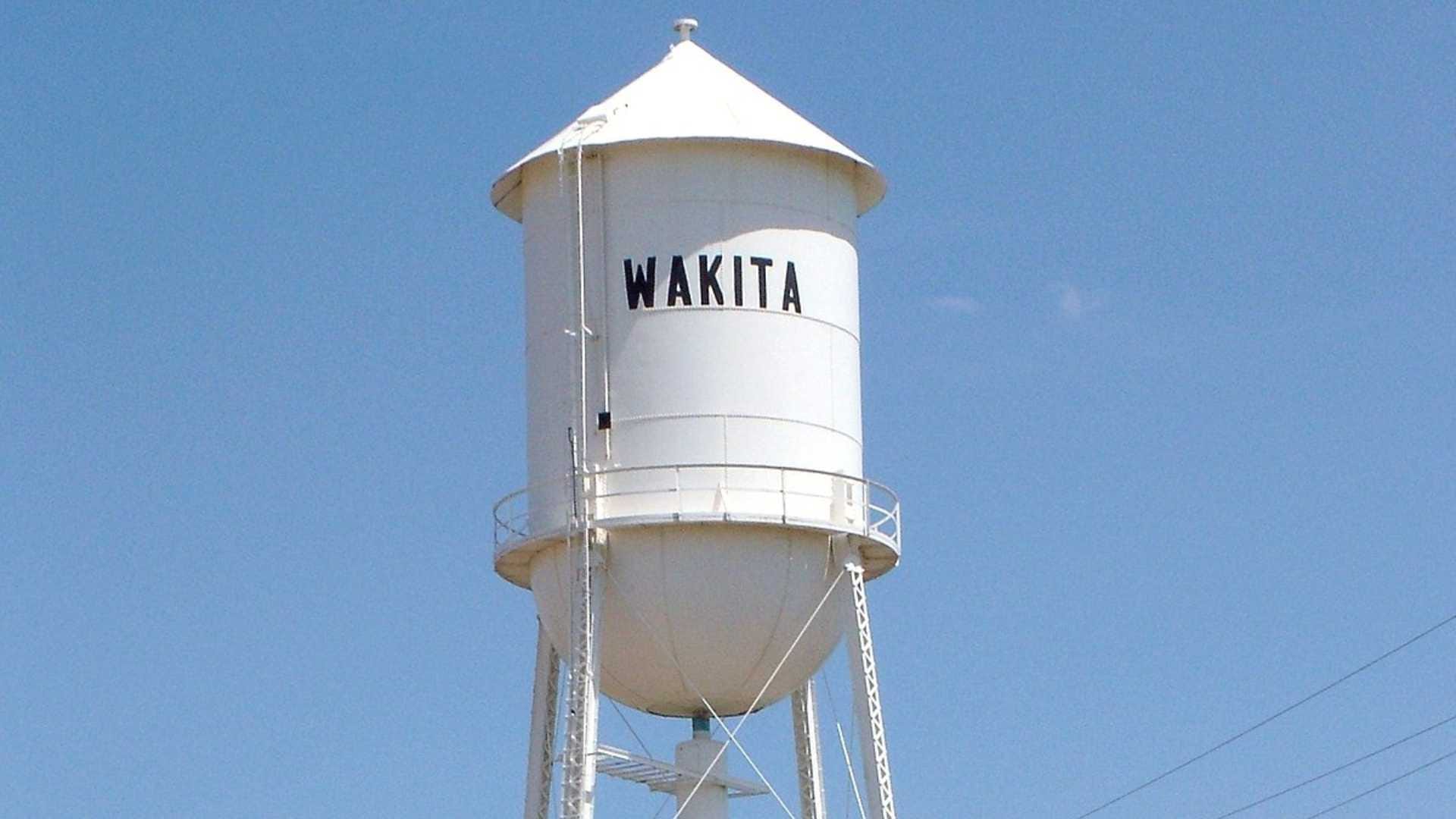
But local communities rebuilt stronger than ever. Wakita was so proud of its role in Twister history that it opened an entire Twister Museum to commemorate the film. Talk about lemonade from lemons!
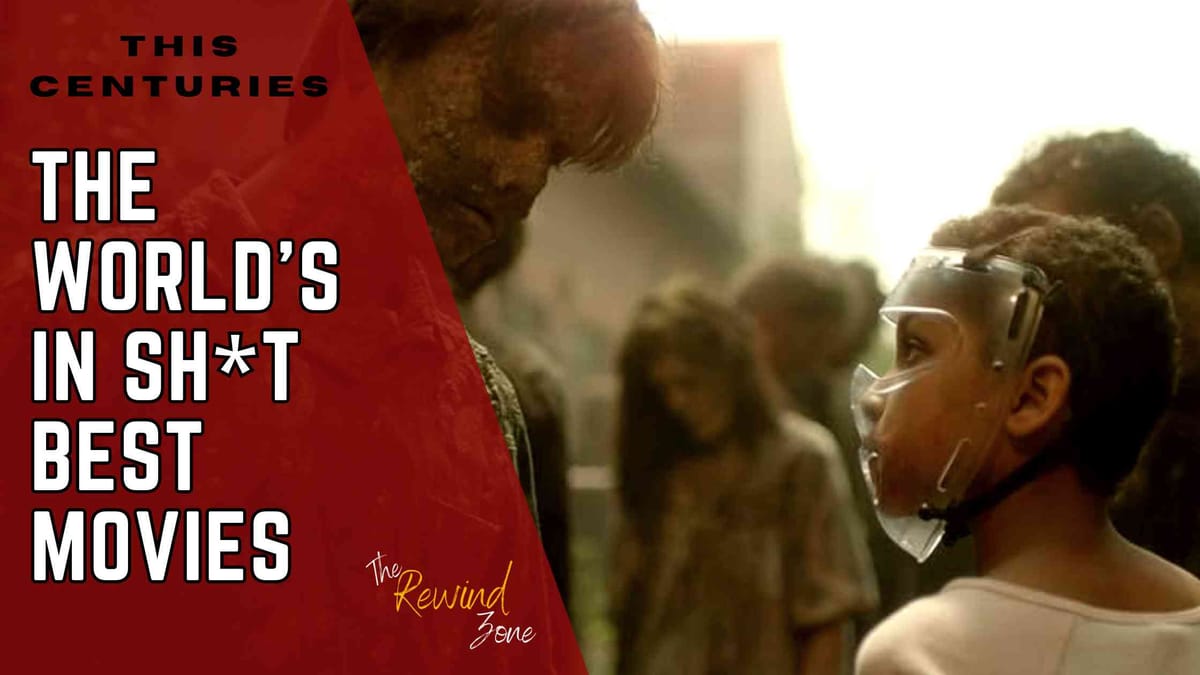
Homages Hidden in Plain Sight
Like clever Easter eggs tucked into the script, Twister contains many subtle homages to classic films and literature. See if you can catch these references:
Table: Twister's Hidden Homages
| Reference | Description |
|---|---|
| The Wizard of Oz | Jo's flashback features a dog similar to Dorothy's Toto |
| The Divine Comedy | Aunt Meg reads Dante's Inferno before the tornado hits |
| The Abyss | The "Benthic Petroleum" logo matches the company in that film |
Aunt Meg reading the Inferno is particularly apt. The storm chasers must be willing to go through their own version of Hell to gather data, just as Dante descends into the pit.
The Storm Chasers Legacy
While computer technology has evolved drastically since 1996, Twister’s influence still whips up excitement. Modern storm chasers and weather buffs continue to honour the film through homages and online communities.
Almost thirty years later, Twister continues blazing a trail, just like the die-hard storm chasers and researchers who inspired it.
Tweet

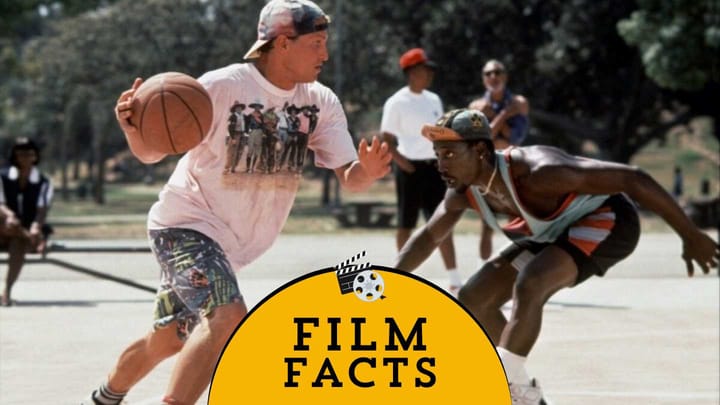
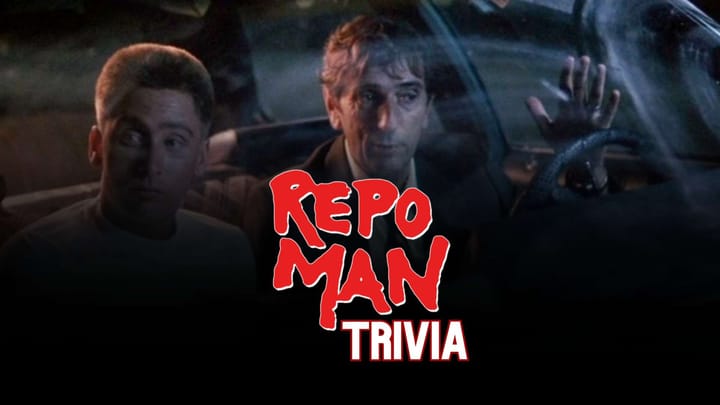
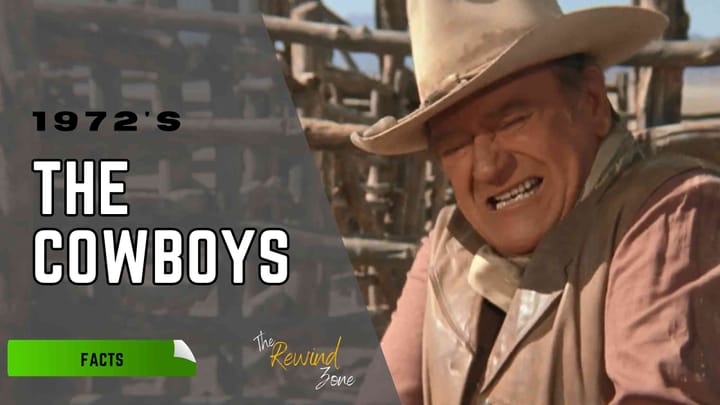
Comments ()